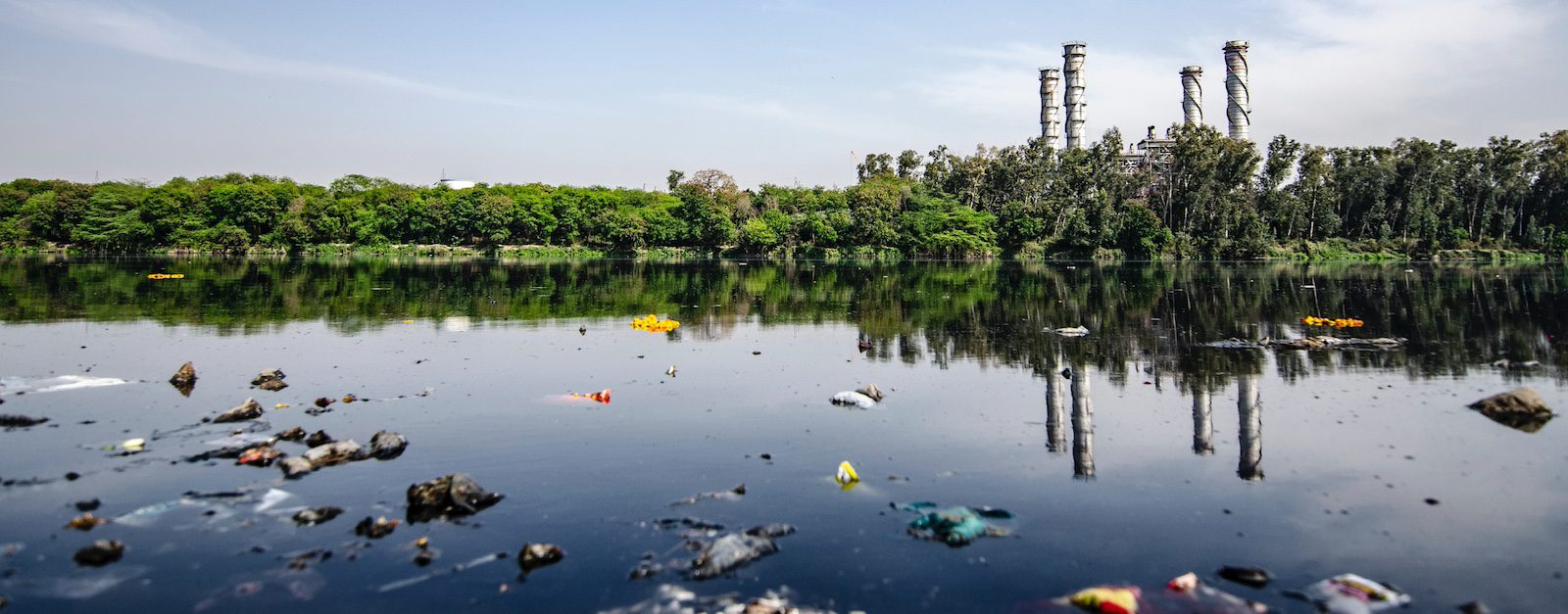Per- and polyfluoroalkyl substances (PFAS) are one of the many types of toxins you’ll encounter in everyday life. Fortunately, there are ways to minimize your exposure to PFAS and reduce their potential health impact. This article will explain what PFAS are, risks associated with them, where they’re found, and how to avoid them.
What are PFAS?
PFAS are human-made chemicals found in cooking pans, seafood, and even drinking water. In kitchen pans PFAS are used for their non-stick properties and their ability to withstand heat without melting. While they’re helpful in some ways, PFAS have also been linked to negative health effects.
What are the Risks of PFAS Exposure?
PFAS have been associated with several health issues, including cancer, reproductive risks, and immune system damage, even at low levels of exposure. Recent research has suggested that PFAS can negatively affect hormones, weaken the immune system, and cause cell damage. PFAS have also been shown to disrupt the effects of certain vaccines, which can lead to potential immune system weaknesses.
In addition, studies show that a higher exposure to PFAS during pregnancy can cause lower infant birth weights and higher thyroid stimulating hormone (TSH) levels, which can cause negative birth outcomes.
How to Avoid PFAS
PFAS in Water
While the government has taken steps to regulate PFAS contamination, you can also take action to protect your health. For example, The Environmental Working Group (EWG) website allows you to look up your municipality’s water report for various contaminants, including PFAS.
If you’re in an area with high PFAS, we recommend using a water filter. Studies have shown that activated carbon household filters can remove 21% – 99% of 14 different kinds of PFAS. Options include reusable water filtering pitchers or a whole house filter connected via plumbing.
PFAS in Food
PFAS can also be found in food. Research has found fish, dairy products, and meats to be high sources of PFAS. While we recommend a plant-based diet at Love.Life, we recognize that you may choose to include animal products. If so, take caution to limit PFAS, particularly in seafood. One study found the highest PFAS concentrations in clams and crabs, followed by cod, tuna, pollock, tilapia, salmon, and shrimp.
PFAS in Cookware
PFAS are found in many cookware items and may lead to exposure if used incorrectly. Generally speaking, if your cookware is labeled as “non-stick” or “Teflon,” it likely contains PFAS. Cast-iron and stainless-steel pots and pans are highly unlikely to contain PFAS and are a safer alternative.
If you use non-stick pans, avoid scratching them with sharp utensils, such as metal spatulas or forks, as doing so can add PFAS to your food. Opt for a rubber spatula or plastic tongs to avoid damaging the pan’s coating. Some research also suggests that PFAS can be released at temperatures of 350°F or greater. To avoid this risk, don’t preheat your non-stick cookware on a burner without food in the pan.

